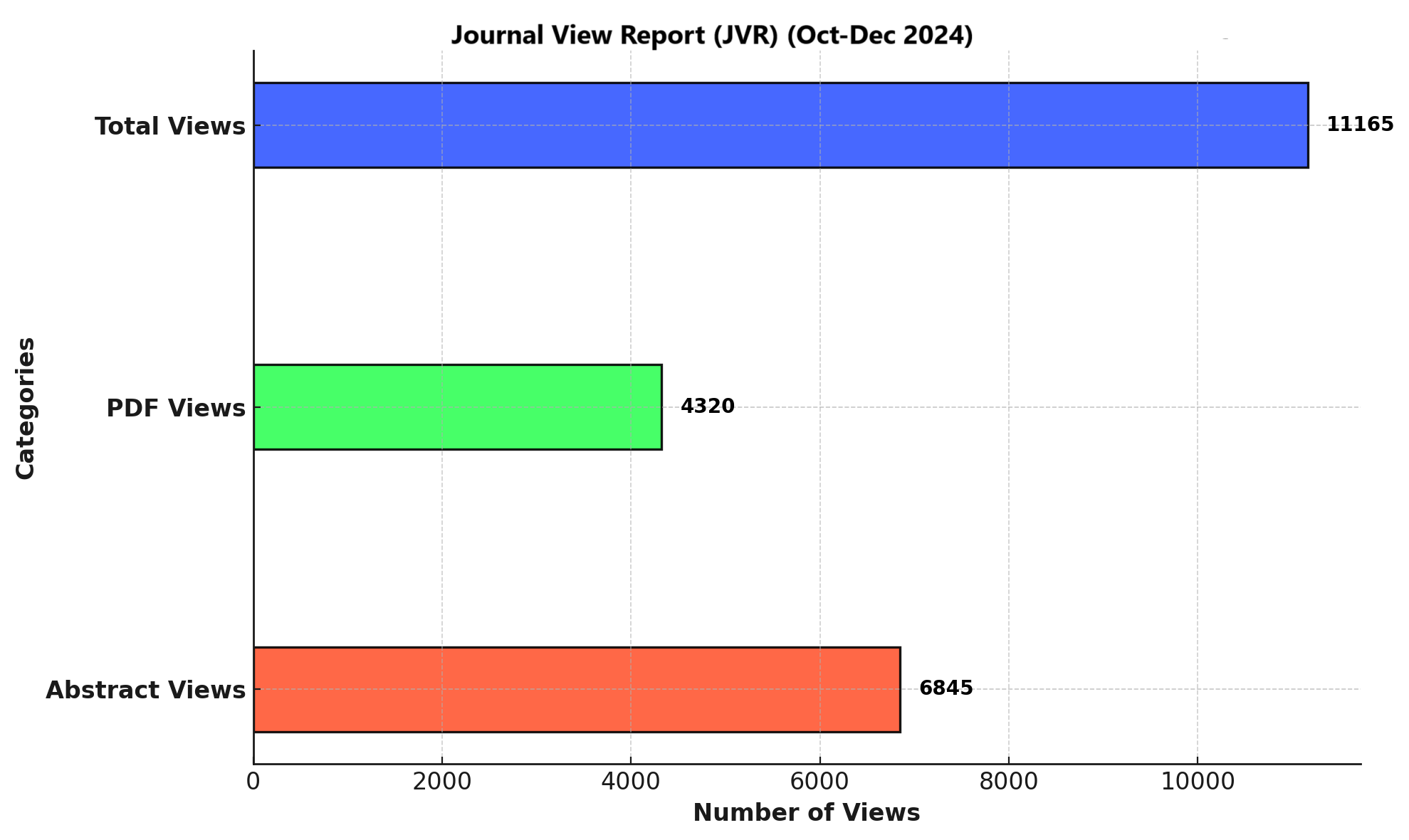IMPACT OF PREOPERATIVE ANXIETY ON PREOPERATIVE AND POSTOPERATIVE HEMODYNAMICS IN PATIENTS UNDERGOING UROLOGICAL AND GYNAECOLOGICAL PROCEDURES
DOI:
https://doi.org/10.71000/v8mk7d26Keywords:
Hemodynamic, State-Trait Anxiety Inventory, Operating theatreAbstract
Background: Anxiety is a physical and psychological reaction of a patient to unfamiliar, stressful and dangerous situations associated with distress and dreadful feelings. Anxiety is a typical human response, but if gets excessive or persists beyond appropriate time interval, it may be diagnosed as an anxiety disorder. It can cause hemodynamic changes such as hypertension and tachycardia, leading to complications, delayed recovery, and increased mortality.
Objective: This study aimed to evaluate the impact of preoperative Anxiety on Preoperative and Postoperative Hemodynamic in Patients Undergoing Urological and Gynaecological Procedures
Methods: A descriptive cross-sectional study was conducted at Khyber Teaching Hospital, Peshawar, following ethical approval and informed consent from participants. Anxiety levels were assessed using the State-Trait Anxiety Inventory (STAI) questionnaire, while hemodynamic parameters (BP, HR, RR, and SPO2) were recorded preoperatively and postoperatively. Participants were selected from those undergoing urological and gynaecological procedures.
Results: This study assessed the impact of preoperative anxiety on hemodynamic changes in 300 patients undergoing urological and gynaecological surgeries. Higher anxiety levels, especially in gynaecology patients (23.3% very severe anxiety), significantly affected blood pressure, heart rate, and respiratory rate (p<0.05). Hemodynamic fluctuations were more pronounced in anxious patients but reduced postoperatively. Gender, ASA classification, and anaesthesia type influenced anxiety levels, with females reporting higher anxiety. Preoperative psychological support improved hemodynamic stability and surgical outcomes.
Conclusion: Preoperative anxiety was higher in females, especially during gynaecological procedures, and linked to factors like age, anaesthesia type, and the OT environment. Anxiety was associated with greater hemodynamic instability, particularly in gynaecological surgeries.
Downloads
Published
Issue
Section
License
Copyright (c) 2024 M Ammar Zia Chishti, Ahmad Ullah , Arsalan Nisar, Waqas Ahmad, Wajahat Hussain (Author)

This work is licensed under a Creative Commons Attribution-NonCommercial-NoDerivatives 4.0 International License.







